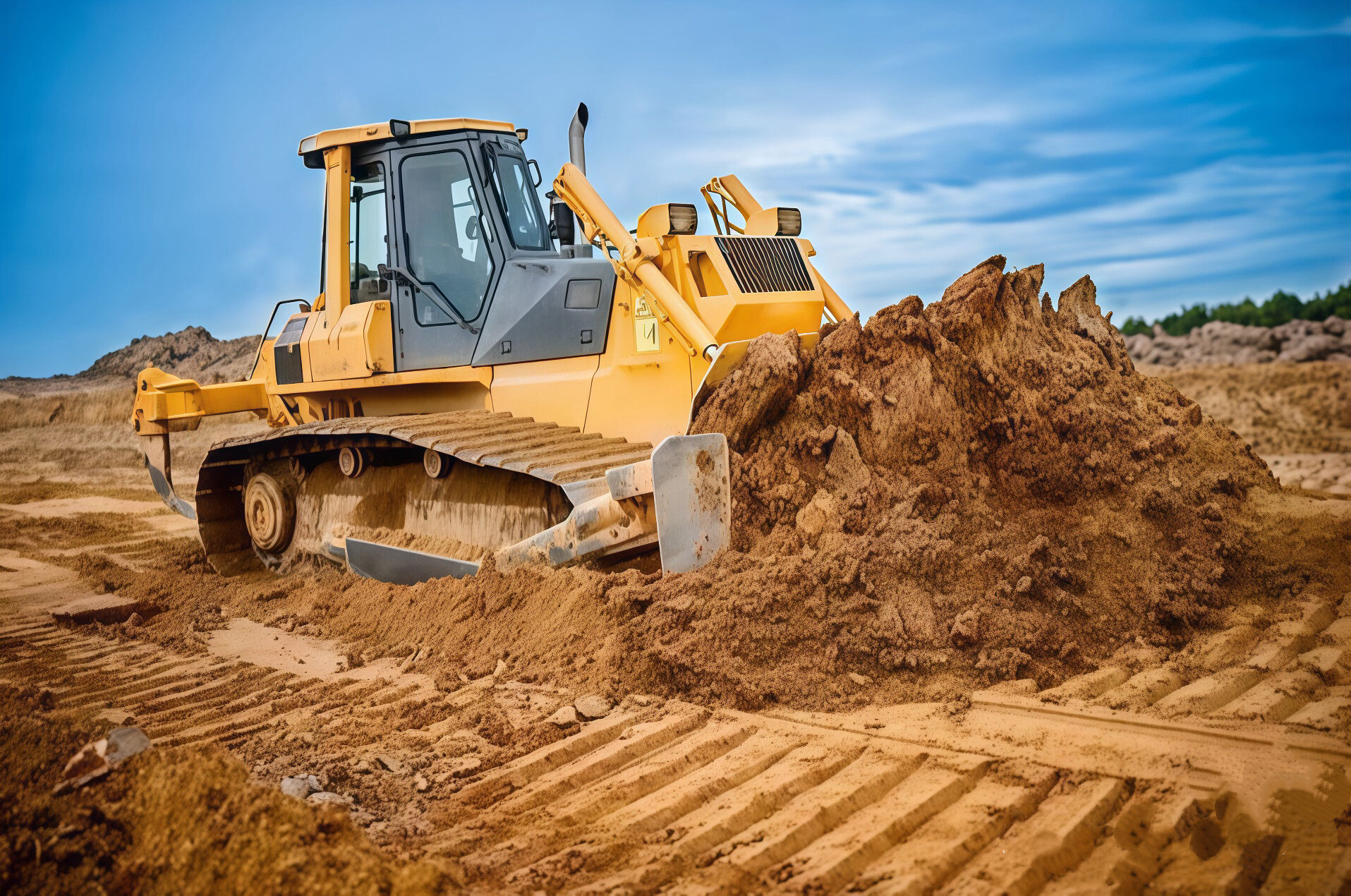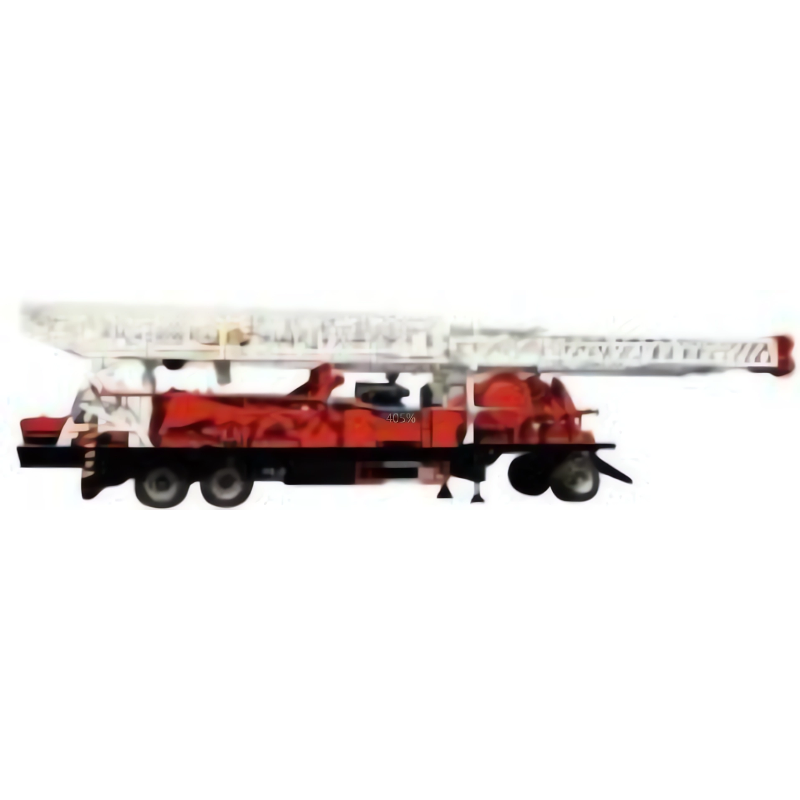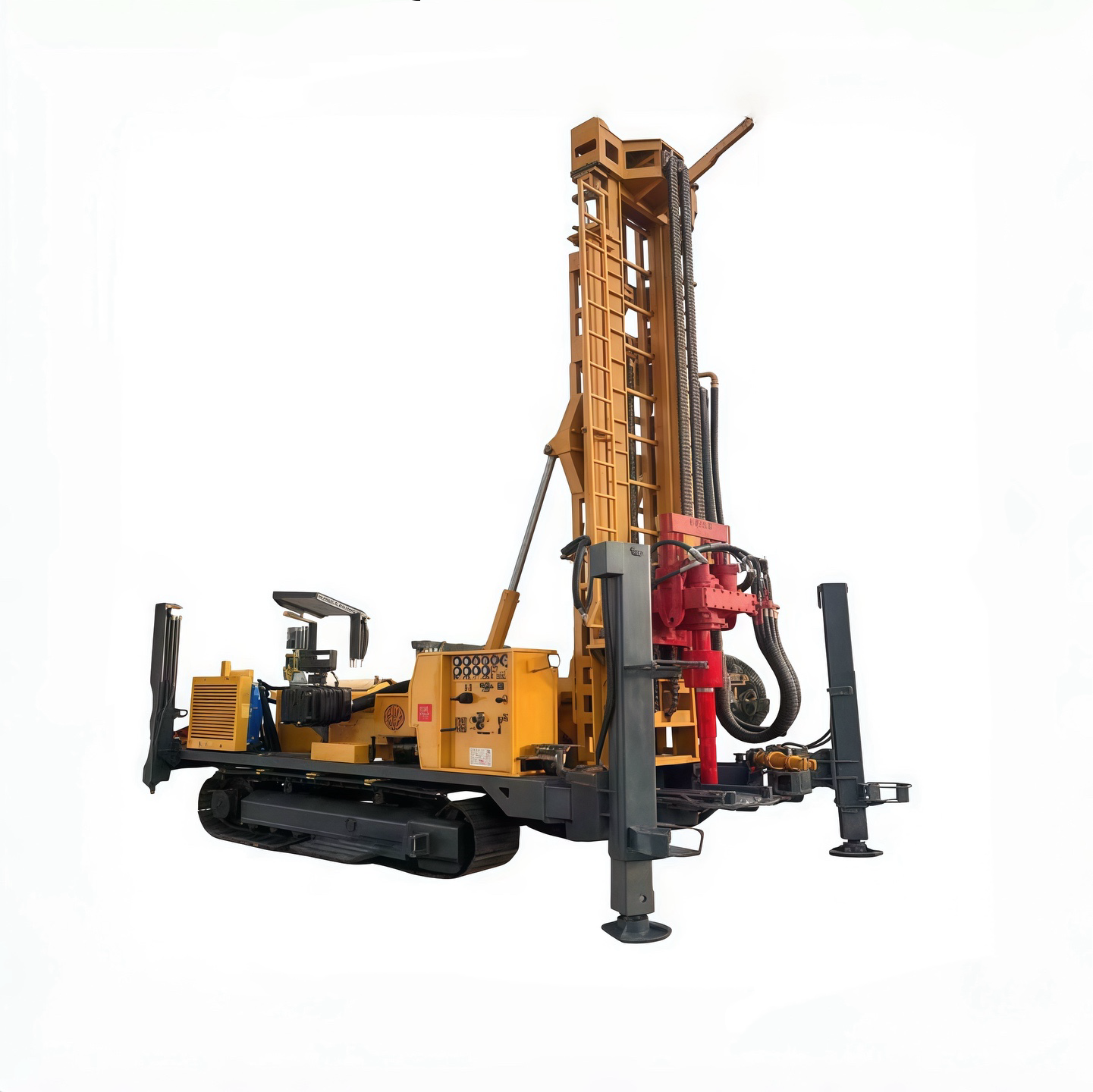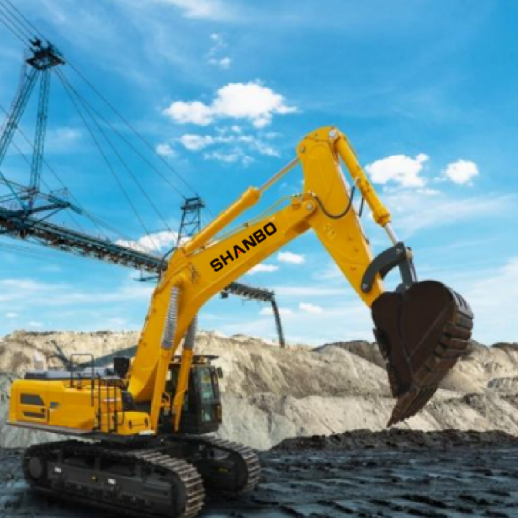Jekk vs. Skjærebil: Nøkkelforskjeller og beste bruksområder
Når det gjelder tung maskineri innen bygging, landbruk eller gravning, er to typer utstyr ofte i fokus: gravemaskin og gravemaskin. Begge disse utstyrene er designet for spesifikke formål, og å forstå forskjellene mellom dem er avgjørende for å velge riktig utstyr til jobben.
Selv om begge er kraftige og nødvendige i de fleste industrier, er bruksområdene, styrkene og evnene deres svært forskjellige. Her beskriver vi de viktigste forskjellene mellom gravemaskiner og gravemaskiner, deres respektive egenskaper og de mest egente anvendelsesområdene for hver, slik at du kan ta de beste beslutningene for prosjektene dine.
Hva er en gravemaskin?
En gravemaskin er en svært allsidig maskin som brukes mye til landformering og bygging. En gravemaskin består vanligvis av en bøtte montert foran, som brukes til gravning, og en arm montert bak, hvor en mindre tilbehør eller bøtte festes for mer nøyaktig gravning. Utstyret er montert på en traktorlignende ramme, som gir god manøversevn og stabilitet. Både front- og bakmonterte enheter kan kontrolleres fra en roterende førerstasjon av sjåføren, noe som gjør det mulig å utføre flere oppgaver effektivt på arbeidsstedet.
Gravemaskiner er populære på grunn av sin allsidighet. Den forreste bøtten kan grave, løfte og frakte løse materialer som jord, grus eller sand, mens den bakre armen er ideell til å grave grøfter, hull eller legge fundament. De fleste modeller tillater utskiftbare tilbehør, som for eksempel bor eller hydrauliske hammere, som ytterligere øker bruksmulighetene. Gravemaskiners allsidighet gjør dem til et populært valg for prosjekter som innebærer gravning og materialhåndtering.
Hva er en gravemaskin?
En gravemaskin er derimot tung utstyrsmaskiner som er spesielt designet for å skyve store mengder jord, søppel eller annet materiale. Den er utstyrt med en bred, flat skjerm foran, som brukes til å flytte eller gradere jord, steiner eller søppel. Gravemaskiner kjøres på kontinuerlige sporer (lignende tanksporer) i stedet for hjul, noe som gir dem bedre fremdrift og stabilitet på ujevn eller myk terreng. Noen modeller har også et bakre høvelsverktøy for å løse opp harde overflater som stein eller kompakt jord.
Gravemaskiner er bygget for kraft og holdbarhet og kan håndtere store jordarbeidsoppgaver. De fungerer best i applikasjoner som krever stor styrke for å rydde tomter, gradere overflater eller transportere tunge materialer over lange avstander. Deres robuste bygning gjør dem nødvendige for store byggeprosjekter, veiutbygging og områdeutvikling.
Nøkkelforskjeller mellom gravemaskiner og bulldozere
Selv om begge maskinene brukes i bygging og jordarbeid, skiller deres design og formål dem fra hverandre. Nedenfor er de viktigste forskjellene mellom gravemaskiner og bulldozere:
1. Design og struktur
Gravemaskin: En gravemaskin er en flerformålsmaskin og er svært allsidig, med en traktorlignende base som har en bøtte foran og en leddarm bak. Det hjulmonterte aspektet gir den utmerket manøversevne på fast grunn som for eksempel asfalt eller komprimert jord. Gravemaskinens to-i-én-funksjonalitet med graving og lasting gjør den til en svært praktisk maskin for små eller mellomstore operasjoner.
Bulldozer: En bulldozer er et kjøretøy med løpebånd og en skjerm foran som brukes til å skyve. Løpebåndene gir god fremdrift på ujevn, myk eller rå grunn. Fokuset er på å skyve store mengder materialer, ikke på nøyaktig graving.
2. Funksjonalitet
Gravemaskin: Gravemaskiner er ideelle til gravning og lasting. Den bakre armen brukes til nøyaktig gravning, f.eks. å lage grøfter eller hull, mens lasteskuffen foran brukes til å laste og transportere materialer. Gravemaskiner er derfor egnet for arbeidsoppgaver som omfatter både materialhåndtering og utgraving.
Skjærebil: Skjærebiler er konstruert for planering og å skyve. Skjærebiler brukes hovedsakelig til å skyve store mengder jord eller avfallsmaterialer rundt på en arbeidsplass. Skjærebiler egner seg mindre for å grave dype grøfter, men er fremragende til å planere, rydde og forberede store arealer.
3. Mobilitet
Gravemaskin: En gravemaskin, med sitt hjulramme, kan kjøre raskt mellom arbeidssteder, ofte med en fart på 25 miles per time eller mer. Dette gjør den til et utmerket valg for oppdrag som krever hyppige flytninger eller arbeid i flere soner.
Skjermmaskin: Skjermmaskiner er tregere og mer ubehagelige å flytte over lange avstander, siden de er bånddrevne. De transporteres vanligvis til arbeidsstedene på henger på grunn av den lave hastigheten og den potensielle skaden de vil påføre asfalterte veier.
4. Størrelse og omfang
Gravebagger: Gravebagger er mindre og mer kompakte, noe som gjør dem egnet for innsnevrede områder eller bydrift. Deres mindre størrelse gjør det mulig å operere på arbeidssteder med begrenset plass, hvor større maskiner ikke får plass.
Skjermmaskin: Vel, skjermmaskiner er gjerne større og tyngre, og er derfor ideelle for store prosjekter. Skjermmaskinens vekt og størrelse gjør at de egner seg mindre for små eller innsnevrede områder, men er ideelle for store operasjoner.
5. Tilbehør og Versatilitet
Gravebagger: Muligheten til å montere ulike tilbehør, som hammers, griper eller bor, øker en gravebaggas mangfoldighet. Denne typen mangfoldighet gjør den ideell for mange oppgaver utover vanlig graving og lasting.
Skjermmaskin: Selv om noen skjermmaskiner brukes med bakre haker eller andre tilbehør, er hovedfunksjonen deres fortsatt å skjære og gradere. De er mindre allsidige enn gravemaskiner, men har ikke motstykke når det gjelder å skjære store mengder materiale.
Beste bruksområder for gravemaskiner
Gravemaskiner er spesielt gode til oppgaver som krever nøyaktig gravning, materialhåndtering eller arbeid i avgrensede områder. Noen av de beste bruksområdene for gravemaskiner er:
- Grøfting og utgraving: Gravemaskiner er perfekte til å grave grøfter for forsyninger som vann, gass eller elektriske kabler. Den bakre armen tillater smale, dybe snitt med presisjon.
- Landskapsarkitektur: For applikasjoner som dambygging, installasjon av bevatningssystemer eller formgivning av land i bolig- eller kommersiell landskapsarkitektur, tilbyr gravemaskiner den perfekte blandingen av gravning og materialtransport.
- Små til mellomstore byggeprosjekter: Gravemaskiner er ideelle for mindre byggeplasser, slik som hus eller små kommersielle bygningsfundamenter, hvor det ikke er mye plass.
- Materialhåndtering: Den forreste bøtte er ideell for lasting av lastebiler med jord, grus eller søppel, noe som gjør gravemaskiner ideelle til rengjøringsarbeid eller transport av avfall.
- Bygg i bymiljø: I bymiljø hvor det er begrenset plass, gjør gravemaskinens kompakte størrelse og manøvrering den til et godt valg.
Beste bruksområder for bulldozere
Bulldozere er maskinen som skal brukes til tung jordarbeid og store prosjekter. Her er noen av deres beste bruksområder:
- Tomtberoming: Bulldozere er svært gode til å rydde store områder for vegetasjon, steiner eller søppel, og er derfor nødvendige til grunnberoming for bygg eller jordbruk.
- Vegbygging: Til vei- eller motorveibygging, hvor det kreves å gradere og flate ut bakken, leverer bulldozere kraften og manøvreringsevnen som trengs for å flytte terreng.
- Storskala utgraving: Når svært store mengder jord må flyttes, som i gruvedrift eller demning, er bulldozere den mest effektive løsningen.
- Stedet er forberedt: Bulldozere er ideelle til å grave store områder for byggeprosjekter, som for eksempel kjøpesentre eller fabrikker.
- Bryting av harde overflater: Bulldozere, utstyrt med en bakre høvel, kan bryte opp hard bakke, stein eller asfalt og kan derfor brukes til nedleggelse eller rydning av områder.
Valg av riktig maskin til prosjektet
Om du skal bruke en bulldozer eller en gravemaskin, avhenger av den spesifikke oppgaven. Hvis oppgaven innebærer nøyaktig gravning, håndtering av materialer eller arbeid i trangt rom, er gravemaskinen mest sannsynlig den beste løsningen. Dens allsidighet og manøvreringsevne har gjort den til et ledende valg for små til mellomstore oppgaver, spesielt i bymiljøer eller boligområder.
Omvendt, hvis prosjektet inkluderer å flytte store mengder jord, rydde store områder eller terrengutjevning til store byggeprosjekter, er bulldozeren det foretrukne valget. Dens styrke og fremdrift er ideelle til tungt arbeid på store eller utfordrende områder.
Begge maskiner kan i nogle tilfælde bruges sammen på en arbejdsscene. For eksempel kan en bulldozer rydde og planere jorden, mens en gravemaskine udfører præcisionsgravning eller lastning af materialer. Ved at forstå hver maskines styrker kan du opnå maksimal effektivitet og produktivitet.
Konklusjon
Gravemaskiner og bulldozere er begge nyttige maskiner i jordarbejde og byggeri, men deres forskelle i design, funktion og anvendelse gør dem særligt velegnede til forskellige opgaver. En gravemaskines alsidighed og præcision er perfekt til gravning i trange forhold, lastning og manøvrering, mens en bulldozers skubbelængde og rå kraft er uden sidestykke til kraftigt landrydning og storskala planering. Ved at vurdere projektets omfang, terræn og krav kan du vælge den rigtige maskine til at udføre arbejdet både effektivt og effektivt.
Shanbo er et anerkjent navn innen byggemaskinindustrien, kjent for produksjon av holdbare, effektive og høytytende maskiner som er tilpasset moderne prosjekters behov. Med et sterkt fokus på innovasjon og pålitelighet produserer Shanbo et bredt utvalg av tunga maskiner – inkludert gravemaskiner, bulldozere, grader og annen jordarbeidsmaskiner – som er designet til å håndtere krevende terreng og vanskelige arbeidsforhold på byggeplasser.
Anbefalte produkter
 Siste nytt
Siste nytt
-
«Vannfredner» 200 m revers sirkulasjon vannbrønn boremaskiner ankommer i Usbekistan
2025-03-28
-
Bulldozer Transportguide: Beste praksis, sikkerhetstips og kostnadsfaktorer
2025-12-15
-
En komplett guide til frakt av anleggsmaskiner: Metoder, kostnader og tips
2025-12-12
-
Slik gjøres arbeid med bulldoser: Nøkkeltasker, teknikker og anvendelser
2025-12-11
-
Utforsker evnene til verdens største gravemaskin
2025-12-10
-
Viktige Bulldozerutstyr: Komponenter, tilbehør og bruksområder
2025-12-09













